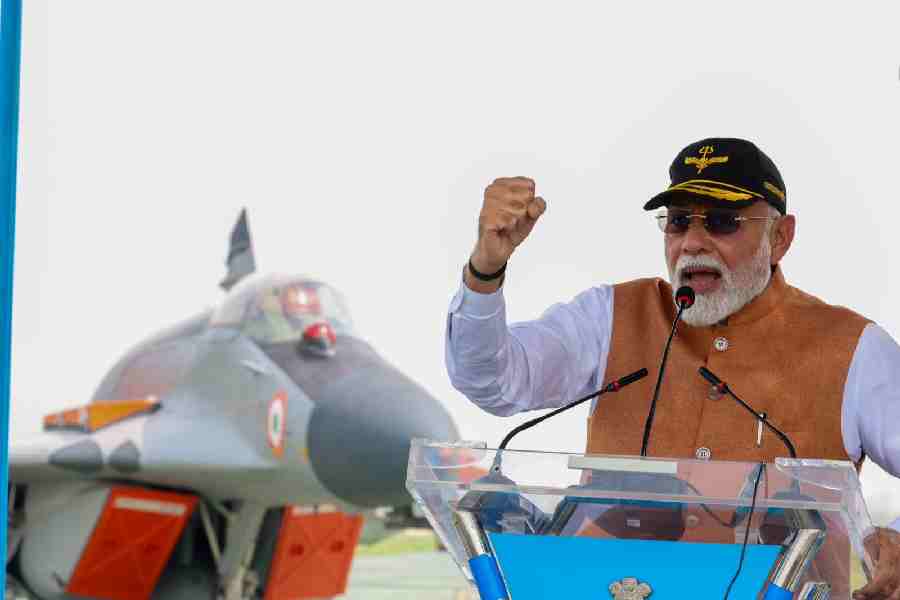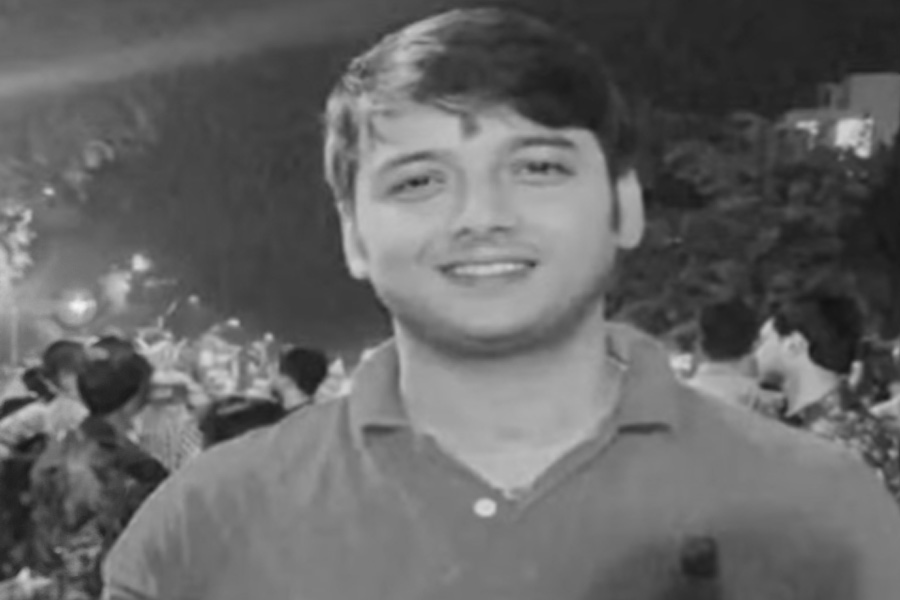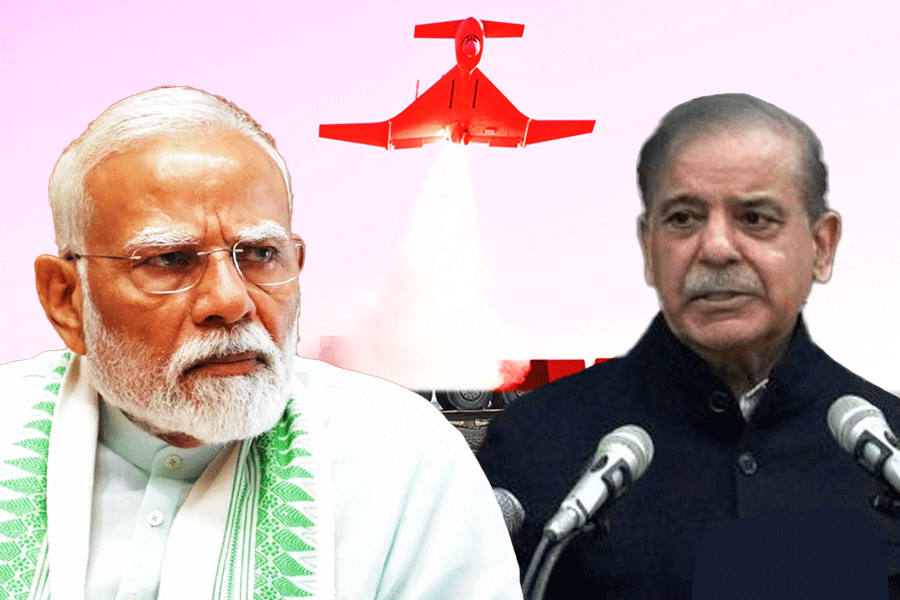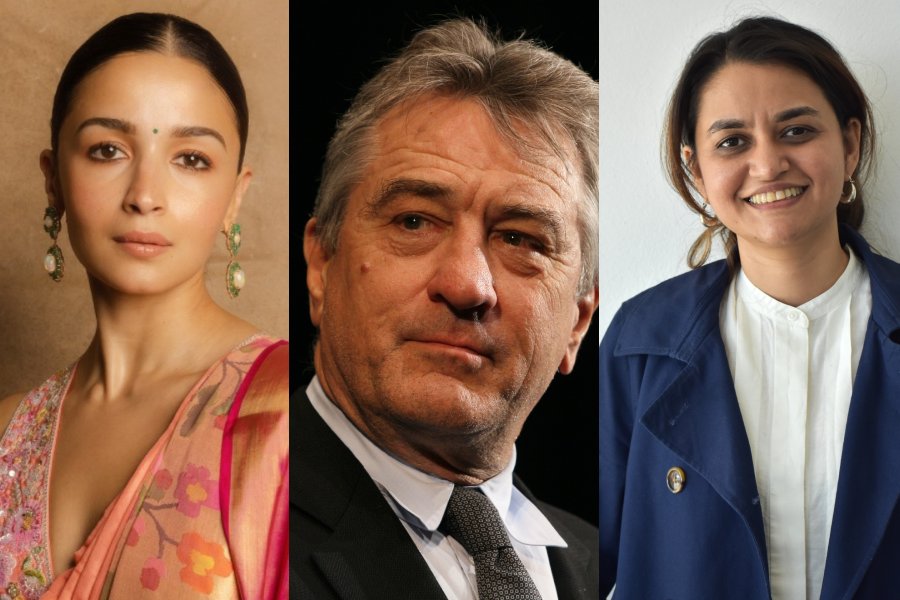
Bhubaneswar, Oct.7: Mahari, the famous temple dance form that helped in the shaping of Odissi, is slowly but surely making an impact.
Lately, the temple dance is being included in most annual classical dance festivals. It was also an integral part of the prestigious Konark Dance Festival last year.
"Mahari is all set to reach new heights," said dancer Rupashree Mohapatra, who single-handedly propagated the ancient dance form.
According to the age-old Jagannath temple traditions, the devdasi was a temple dancer who used to offer around 20 services to the deities that included dance and song during festivals such as Jhulan Yatra, Sunabesa and Chaapa Khela. Like all other services to Lord Jagannath, this service too was hereditary.
"Mahari is a synonym for devdasi. Lord Jagannath's devdasis dedicated themselves to the Lord's service and remain unmarried all their lives. After she passed her prime, an adopted girl was later appointed as the Mahari," said Rupashree. "But the tradition has been done away with for good," she said.
Sashimani Devi, the last devdasi, trained Rupashree in the intricacies of the dance form.
Earlier, there was hardly much following or awareness among dance lovers about this dance form.
"But now things have changed and it has become extremely popular among research scholars as well as aspiring dancers. Many girls from all over the world are training in Mahari at my institute in Puri," said Rupashree.
She founded the Rupashree Kala Mandir and imparts extensive training in the dance form and of late, many major festivals are including Mahari performances. The dance form stands out due to its unique attire with garlands adorning the dancers body along with an attractive floral crown worn on the head.
"The dancers used to appease Lord Jagannath in the temple and that is why it often uses sensuous expressions and movements along with abundant devotional gestures," said Rupashree.
Her disciples performed the opening item at the Devadasi National Dance Festival that commenced on Monday at the Rabindra Mandap in the city.
"Most classical dance forms in India have their roots in temples," said Jagabandhu Jena, the organiser of the festival that features various dance forms such as Bharatnatyam, Kuchipudi, Sattriya, Manipuri, Kudiattam and Kathak that have their genesis in the temples. The festival that featured many prominent dancers concluded today.











